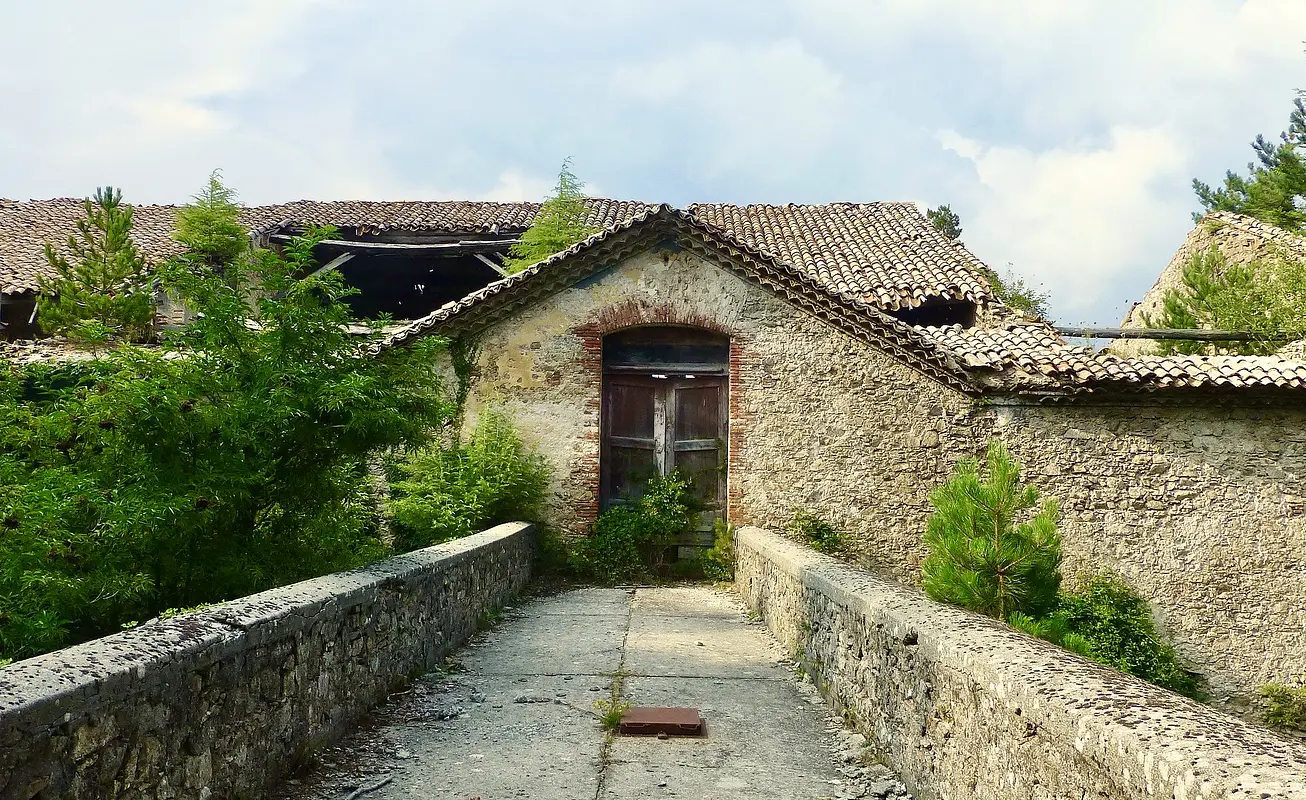





The Ferdinandea and the Forest of Stilo
In the heart of the Greenhouses a must-visit destination for the combination of industrial archaeology and nature at an extraordinary level of interest



Where

The why of a foundry in the heart of the forest
The laying of the foundation stone of what was to become a pioneering steel complex under the Kingdom of the Two Sicilies dates back to the late 18th century. The name harks back to Ferdinand II of Bourbon, who proved to be a progressive ruler by promoting the industrial development of the South except later to be remembered as King Bomb for the fierce repression with which the uprisings of 1848 were crushed. The location of the complex, 1061 meters above sea level, in the middle of the so-called Stilo Forest, is not accidental, because at that time blast furnaces were fueled by wood. And if this wonderful forest of fir and beech trees has come virtually intact to the present day, it is only thanks to the rapid parabola of the Ferdinandea.
From industrial complex to resort
The Ferdinandea began as a foundry for large-caliber cannons in the context of the iron and steel hub that referred to the nearby town of Mongiana. In the first half of the 19th century it was to be the flagship of Calabria's economy, but due to certain unpredictable consequences of the Unification of Italy it went into rapid decline. The Ferdinandea was then taken over by the Calabrian Achille Fazzari, a singular figure of a Garibaldian who rose to the position of deputy, who tried in vain to revive its fortunes, finally resigning himself to converting it into a mountain residence and forest estate. Fun fact, it was Fazzari in this new framework who started bottling mineral water from the nearby Mangiatorella spring, an activity that is still relevant today.
An evocative place albeit abandoned
The industrial complex occupied an area of about 15 thousand square meters and included two separate buildings: a horseshoe-shaped one with a residential and administrative function; the second, the site of the steel activities. The inner courtyard of the palace contains some relics from the Bourbon period: a granite bust of Ferdinand II and a cannonball engraved with a dedication to the sovereign. Remarkable, the staircase leading to the upper floor of the residence, frescoed with representations of Italian regions. All, however, in an abandonment that, however romantic, arouses regret.
An exemplary site of industrial archaeology
Near the Ferdinandea is a visit to the iron and steel village of Chiesa Vecchia, a rare example of a seventeenth-century proto-industrial village. A blast furnace, partially preserved, was active in it, supplying the pig iron that this and other ironworks would later turn into artifacts such as grenades and cannons. The area has undergone archaeological enhancement that has not only made legible the articulation of the various production functions but also revealed the existence of a workers' village complete with a church in which some 200 people resided.
Enter the Map of Italy's Undiscovered Wonders and find treasures where you least expect it... Inspire, Recommend, Share...
Collections
The Map thanks:
PSC 2014-2020 del Ministero del turismo - Avviso “Montagna Italia” - Progetto le Montagne del sole - Codice CUP J38J22000450008

In the Community
Enter the Map of Italy's Undiscovered Wonders and find treasures where you least expect it... Inspire, Recommend, Share...
Where

Collections

